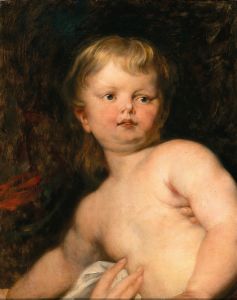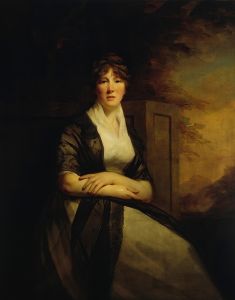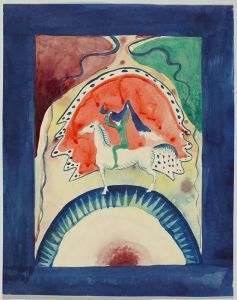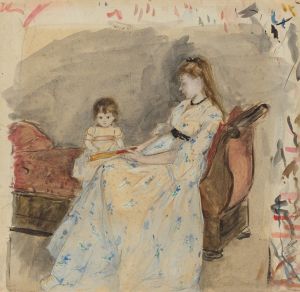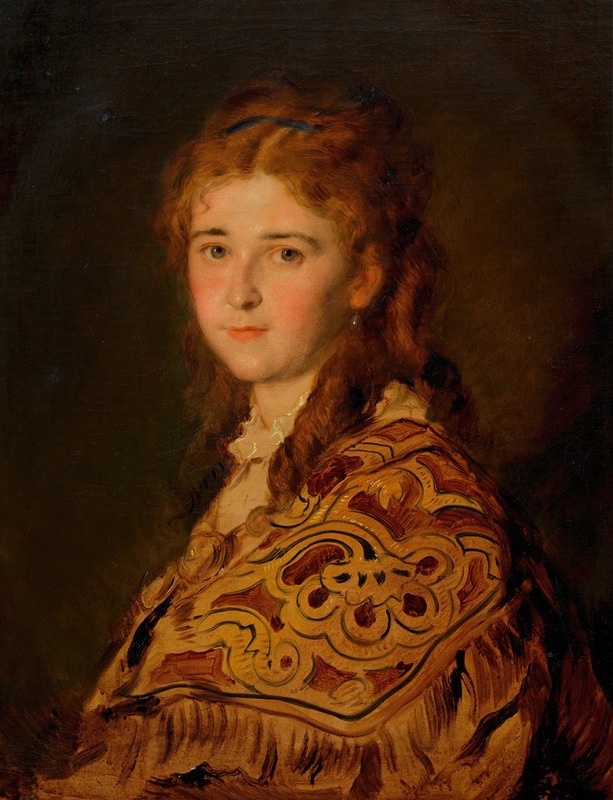
Junge Frau mit türkischem Schal
A hand-painted replica of Hans Canon’s masterpiece Junge Frau mit türkischem Schal, meticulously crafted by professional artists to capture the true essence of the original. Each piece is created with museum-quality canvas and rare mineral pigments, carefully painted by experienced artists with delicate brushstrokes and rich, layered colors to perfectly recreate the texture of the original artwork. Unlike machine-printed reproductions, this hand-painted version brings the painting to life, infused with the artist’s emotions and skill in every stroke. Whether for personal collection or home decoration, it instantly elevates the artistic atmosphere of any space.
Hans Canon, born Johann Baptist Strašiřipka, was an Austrian painter known for his historical and portrait paintings. One of his notable works is "Junge Frau mit türkischem Schal" (Young Woman with a Turkish Shawl). This painting exemplifies Canon's skill in capturing the delicate features and intricate details of his subjects, reflecting the influence of both classical and contemporary styles of his time.
"Junge Frau mit türkischem Schal" depicts a young woman adorned with a richly patterned Turkish shawl, which adds an exotic and luxurious element to the composition. The shawl's intricate design and vibrant colors contrast with the woman's serene and contemplative expression, highlighting Canon's ability to blend different cultural elements into his work. The painting is a testament to the 19th-century European fascination with Orientalism, a trend where Western artists drew inspiration from the art and culture of the Middle East and Asia.
Hans Canon was born on March 15, 1829, in Vienna, Austria. He studied at the Academy of Fine Arts in Vienna and later in Munich, where he was influenced by the works of the Old Masters and contemporary artists. Canon's early works were primarily historical scenes, but he gradually shifted towards portraiture, where he found considerable success. His ability to capture the personality and essence of his subjects made him a sought-after portraitist among the Austrian elite.
Throughout his career, Canon received numerous commissions from prominent figures and institutions. His works were exhibited in various European art exhibitions, earning him recognition and acclaim. Despite his success, Canon's life was marked by personal struggles, including financial difficulties and health issues. He continued to paint until his death on September 12, 1885, in Vienna.
"Junge Frau mit türkischem Schal" remains one of Canon's celebrated works, showcasing his mastery of portraiture and his interest in incorporating diverse cultural elements into his art. The painting is housed in a private collection, making it less accessible to the public but still recognized for its artistic significance.
Hans Canon's contribution to 19th-century Austrian art is notable for his ability to blend traditional techniques with contemporary themes. His works, including "Junge Frau mit türkischem Schal," continue to be appreciated for their technical excellence and the depth of character they convey. Canon's legacy as a painter is preserved through his numerous portraits and historical scenes, which offer a glimpse into the cultural and artistic milieu of his time.











